Mixed-Use Pet Photography: 3 Ways to Make Sure Your Commercial Photos Will Work for Everything
Photo shoots typically happen for two reasons: you are launching something new or you simply need fresh content for your catalogs, marketing, and social media. Either way, you need to get the absolute most out of your marketing budget. (Hey, man, I get it!)
Here are my top three tips for getting exactly what you need out of every photo shoot.
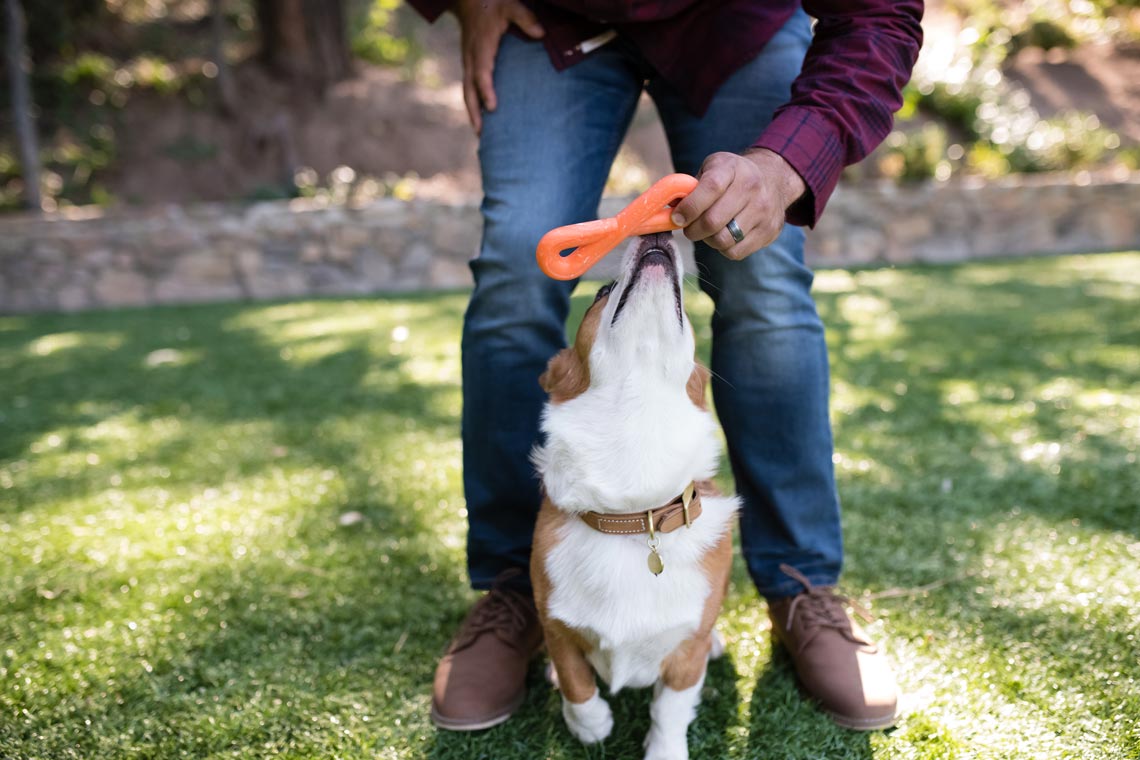
1. Higher number of final images
Your images go everywhere: catalogues, social media, advertisements, websites, and more! You don’t want to repeat the same images over and over again but you want them to feel cohesive. The best way to do this is getting a larger amount of images from your photo shoots. That can get pretty expensive pretty quickly so here are some ways to do it economically:
- Choose a select few hero images to receive as high-resolution for print and the majority to receive as smaller, web-resolution for social media and online use. Hero images are the ones that are going to do the heavy lifting — the ones you’ll use for print advertising, in-store signage, trade show booths, banners, and website headers.
- Have your photographer do all of the finishing edits on your hero images and choose light editing on the rest.
- Finishing edits means zooming in to 300% and getting rid of all the teeny-tiny imperfections that don’t look bad now but will when they’re 10-feet tall on a trade show booth. These edits can take an hour or more per image.
- Light edits means fixing the color, exposure, and overall look of the photo without bringing it into Photoshop.
- Request an option to purchase the full proof gallery with light edits either as high-resolution or web-resolution. Some photographers—like me—will often be happy to offer a bulk rate to help you get the most out of your photo shoot.
- Helpful hint: You don’t need all the RAW files from the photo shoot; they’re unedited, there will be thousands of them, and they’ll be completely overwhelming. Trust the photographer to cull down to the very best of the best.
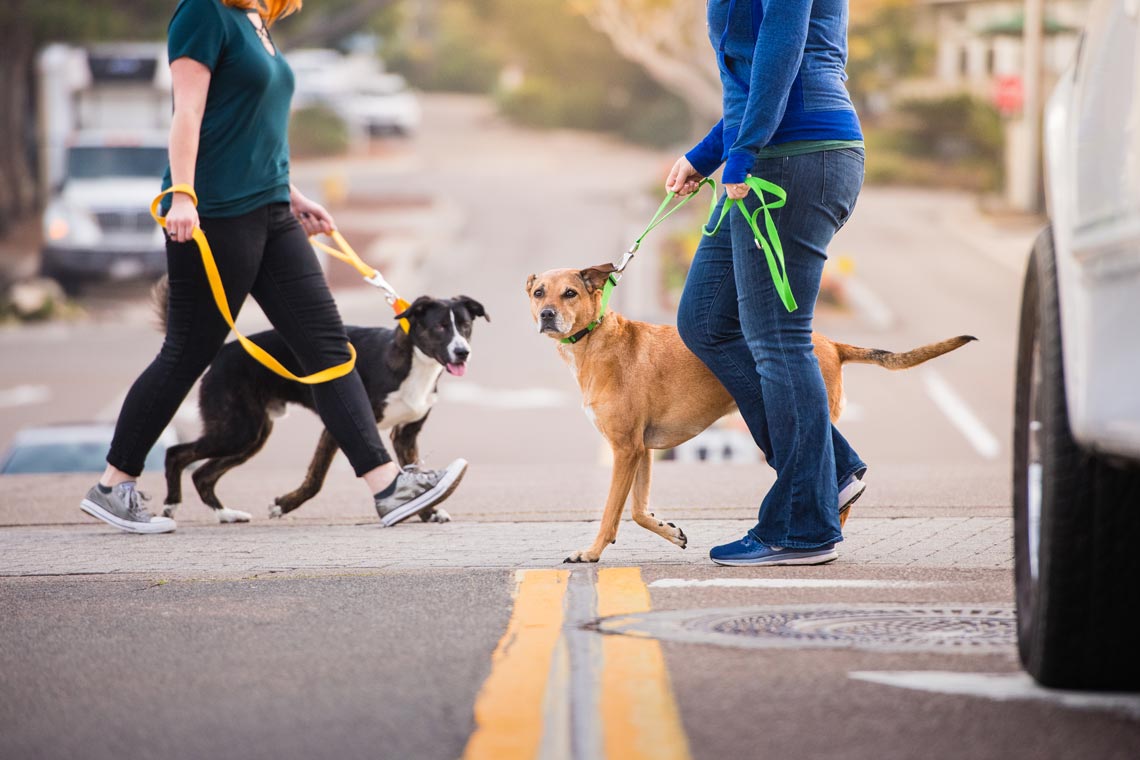
2. Maximize variety to avoid repetition
Having a solid shot list going into your photoshoot is paramount. As you’re creating it, think about all the ways you plan to use the photos and how you can make them work in ways that will decrease repetition and give you the greatest amount of diversity. Things to think about are:
- Will you need mostly horizontal or vertical photos? Half-and-half? Most shoots need a majority of horizontal shots and a handful of verticals. Horizontal images tend to have more background, making them easier to crop for multiple uses like different page sizes for printed ads or long, wide website headers.
- Do you want shots with just the dogs and/or shots with dogs and their humans? Do you need more of one than the other?
- Is the shoot going to focus on your best-selling product colors or do you need to get shots with every color in the line? If you want to capture all the varieties, make sure to work with the photographer to determine how much time you’ll need for each. If there’s not enough time, is it possible to shoot one color and Photoshop the color on select images?
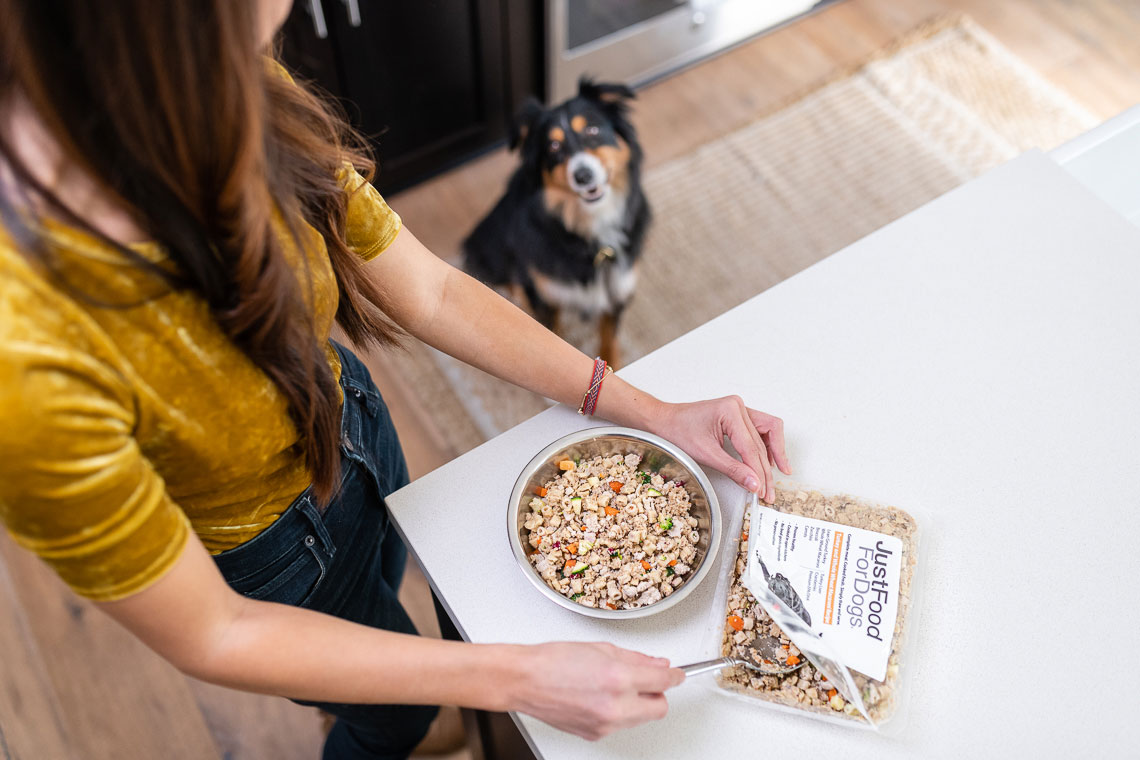
3. Know your license options
Image licensing can get really confusing, especially if it’s something you’ve never encountered before. It boils down to a few basic options that will help you get exactly what you need out of your photo shoot images:
- Unlimited vs. limited use: do you want to be able to use the images for any print and web needs, web-only, or only for a few very specific applications like a single ad?
- Exclusive vs. non-exclusive: do you need to be the only company using the images or are you open to allowing the photographer to license the images to other companies or sell as stock (either now or after a certain amount of time)?
- Local vs. regional vs. national vs. worldwide: do you have a small audience that’s just in your local area, a slightly larger audience that’s more regional, or larger audiences like all of the US or worldwide?
- A set duration vs. perpetual: do you need the images for a specific timeframe like a month, year, or a few years — or would you prefer to have the rights to use the images until the end of time?
- Copyright: do you need to own the copyright for the images? The answer is typically no; you’ll get exactly what you need through a license with the terms above but there are sometimes unique situations in which companies want the copyright. While often available, it’s an expensive option, as you’re taking all rights away from the photographer to claim the work as her own.
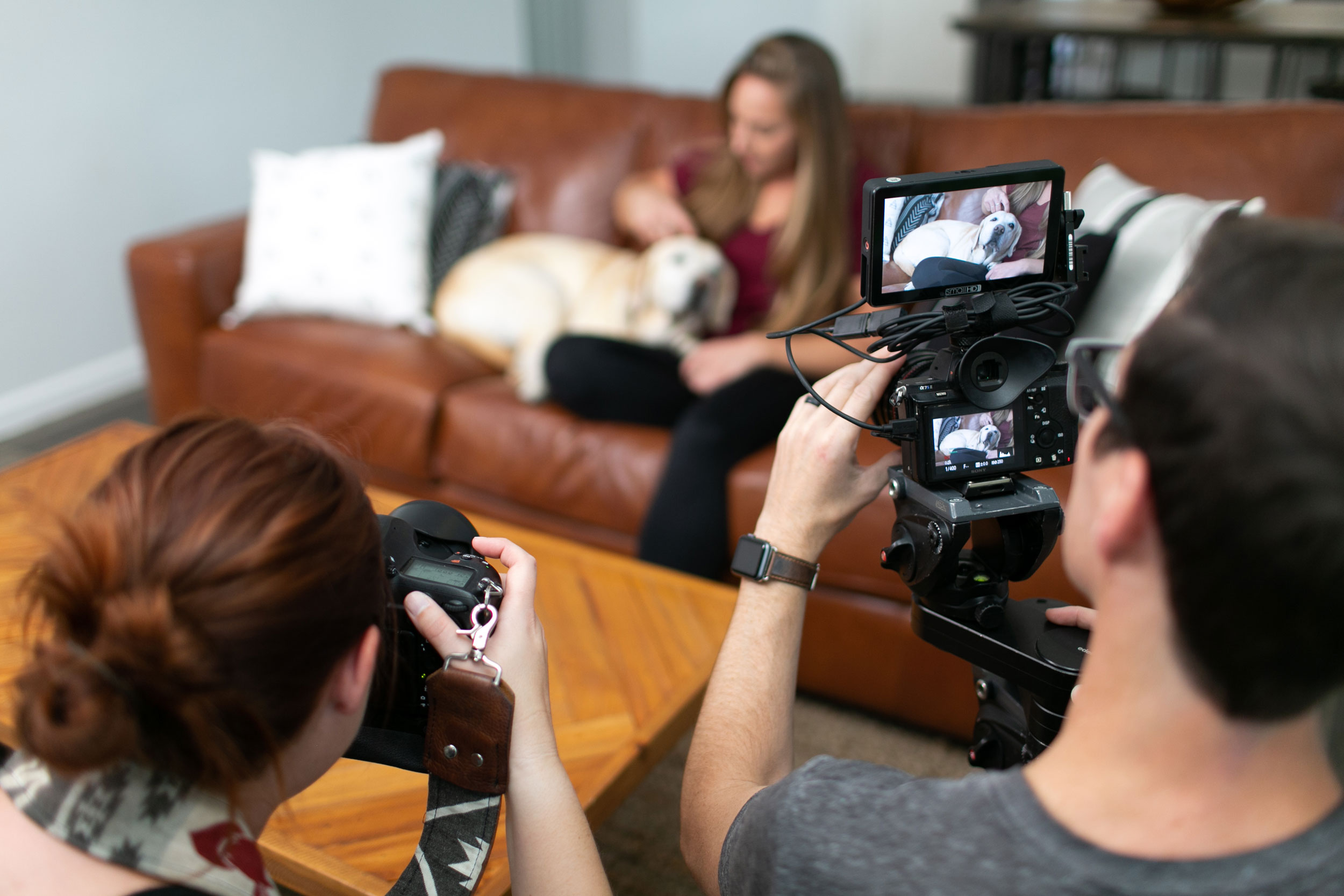
BONUS: Add video to your photo shoot
Customers want stories and video is a fantastic way to engage them. Consider using video for things like:
- Brand videos: tell the story of your company, what you stand for, and why you do what you do.
- Product sales pages: show how products work or how a pet parent can enhance their dog’s life by using your product
- Social media posts + ads: get viewers to stop and hear your message in an Instagram post, story, on IGTV, or social ads
The important part of adding video to your photoshoot is making sure your photographer and videographer work together as a team rather than competition! And here’s my shameless plug: if you’re interested in a photo + video shoot, check out the Westway dream team — we work together to bring you a seamless collection of marketing assets.
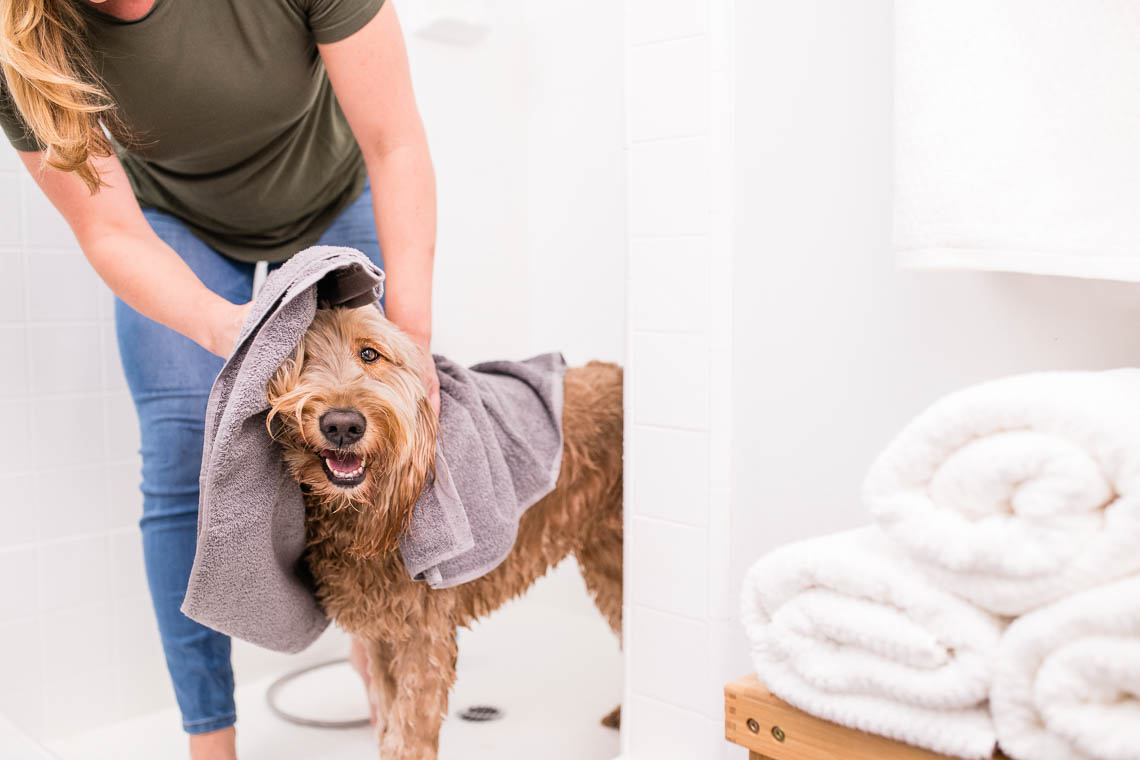
Whenever you’re planning your next shoot, make sure you think through what you truly need to get out of it. Get as specific as possible and work closely with your photographer (and videographer) to make sure everyone understands your goals. As part of your creative team, we want to make sure your shoot is as successful as possible and your new imagery will work in a wide variety of ways.

Leave a Reply